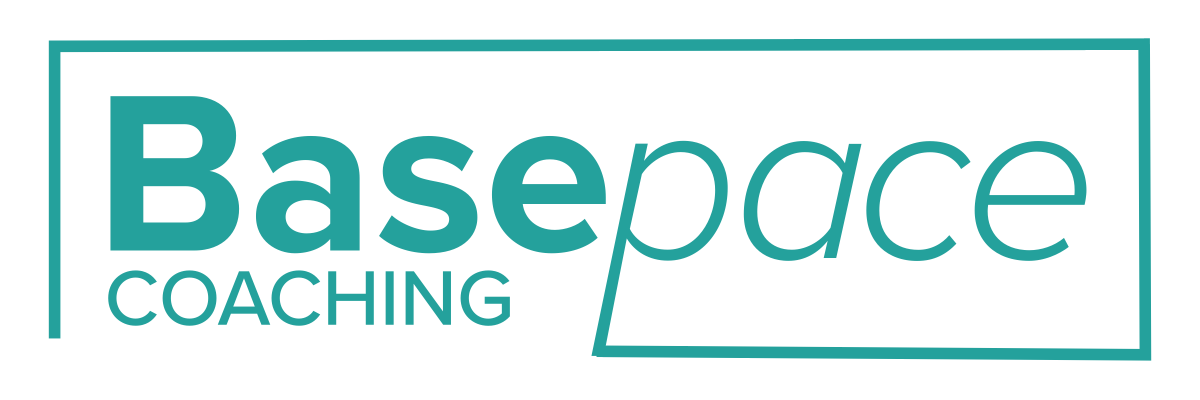How to Lead Through Change: Leadership Strategies for Uncertain Times
Change and uncertainty are constants in today’s business environment. Whether driven by restructuring, industry disruption, or global events, leaders must guide their teams while maintaining motivation and engagement.
Mid-level and executive managers play a crucial role in shaping how employees respond to change.
However, leaders also need support to manage their own emotions and stress during these transitions.
Keeping Your Team Motivated Amid Uncertainty
Uncertainty often breeds fear, which can stifle productivity and morale. Leaders must foster an environment of stability and support to keep employees engaged.
Be Transparent and Communicate Frequently: Lack of information breeds speculation and anxiety. Even without all the answers, regular and honest communication builds trust.
Connect Work to a Larger Purpose: Reinforce how roles contribute to the company’s mission. Helping employees see the bigger picture fosters resilience and motivation.
Recognize Small Wins to Sustain Momentum: Acknowledging progress reinforces positivity and motivation. Public recognition or personal appreciation encourages continued engagement.
Encourage a Growth Mindset: Change presents opportunities for professional development. Encouraging employees to embrace new responsibilities builds adaptability and leadership skills.
Managing Workload During Organizational Change
Periods of transition often increase workloads. Employees may take on extra responsibilities, requiring leaders to prevent burnout while maintaining performance.
Prioritize Effectively: Focus on the most critical tasks. Streamlining or deferring less urgent initiatives ensures teams remain productive and efficient.
Encourage Delegation and Cross-Training: Distribute workloads strategically and foster collaboration through skill-sharing. Cross-training helps ensure continuity and adaptability.
Maintain Focus and Direction: Keep teams aligned by setting clear priorities and ensuring everyone understands key objectives. Reducing ambiguity fosters confidence and productivity.
Monitor Burnout and Promote Employee Well-being: Regular check-ins, encouraging breaks, and advocating wellness initiatives sustain performance and morale during periods of change.
Effective Communication in Times of Change
Change fuels uncertainty, leading to anxiety among employees. Proactive and clear communication can foster confidence and psychological safety.
Address Concerns Directly and Transparently: Create an open dialogue where employees can express concerns and receive fact-based, reassuring responses.
Frame Change as an Opportunity for Growth: Highlight how transformations can lead to career development, skill-building, and innovation.
Balance Realism with Optimism: Acknowledge challenges while emphasizing the organization’s resilience, vision, and concrete steps for navigating uncertainty.
Provide Clear Next Steps to Reduce Ambiguity: Offer specific guidance on what changes mean, what is expected, and how employees will be supported through transitions
Supporting Leadership Resilience During Uncertainty
Leaders must set the tone for their teams while ensuring they maintain their own resilience. Managing stress, gaining clarity, and maintaining strong leadership practices are key.
Seek Peer and Leadership Support: Engaging with mentors, peer networks, or executive groups provides valuable insights for navigating change.
Leverage Executive Coaching for Guidance: Leadership coaching helps refine change management strategies and fosters personal resilience.
Advocate for Leadership Development Resources: Utilize professional development, executive training, and mental wellness programs to remain effective and focused.
The Role of Leadership in Organizational Change
Strong leaders remain steady in uncertain times, guiding their teams with confidence and clarity. By seeking support, communicating transparently, and implementing strategic workload management, leaders can ensure both personal and team success. Embracing change as a growth opportunity fosters resilience, innovation, and a cohesive workplace culture, ensuring long-term business success.
How Base Pace Coaching Supports Leaders in Change Management
Navigating change as a leader can be challenging, but you don’t have to do it alone. Base Pace Coaching provides customized executive coaching designed to help leaders manage uncertainty, refine communication strategies, and maintain high performance. Whether you need support in prioritizing workload, strengthening leadership resilience, or engaging your team, Base Pace Coaching offers tailored guidance to help you lead with clarity and confidence. By working with an experienced leadership coach, you can transform uncertainty into an opportunity for professional growth and organizational success. Contact us today to learn more about our coaching services and start leading with confidence and impact.

